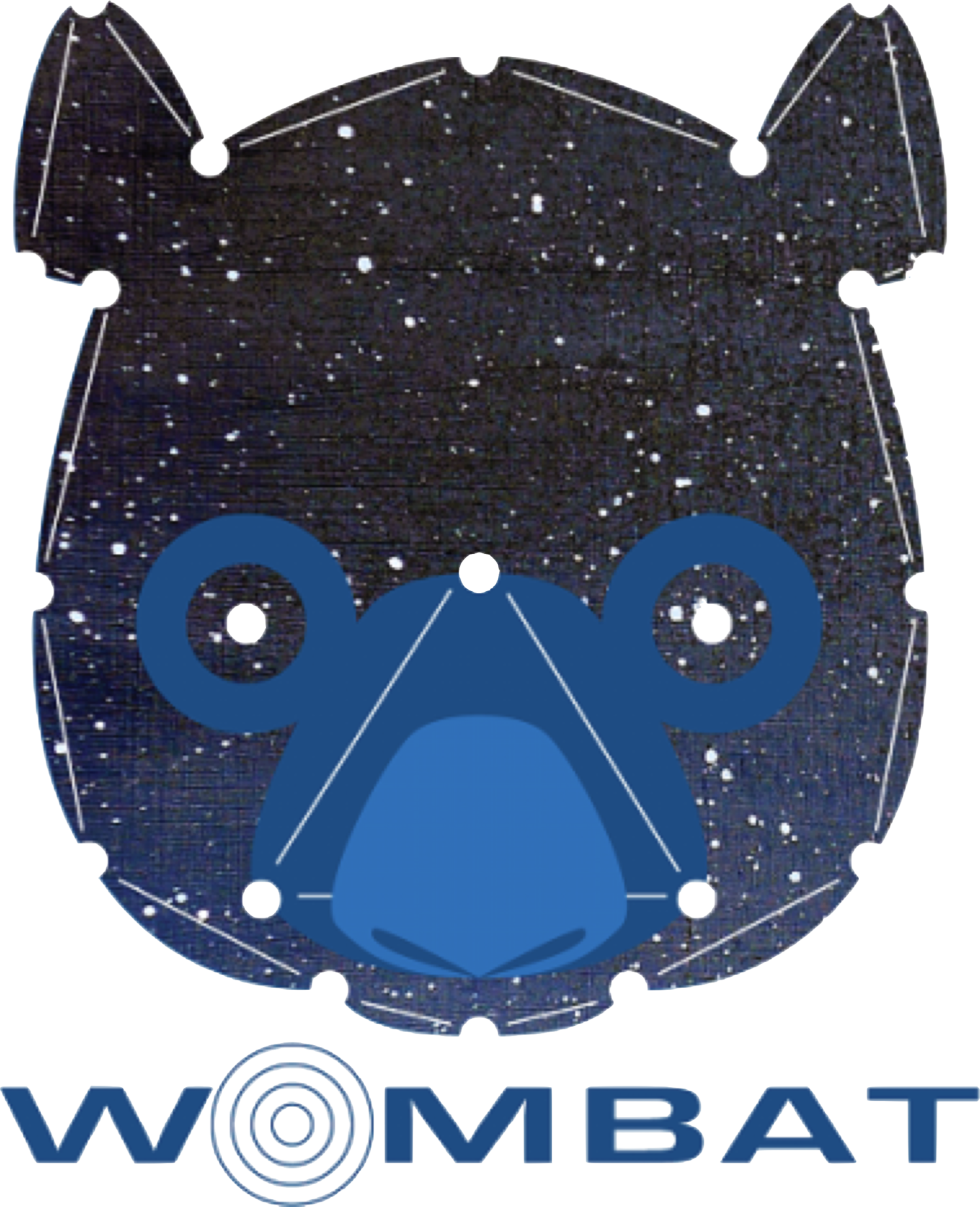by Julius Donnert
This week we are holding the first Wombat User Group meeting at IRA Bologna. Before I start posting about it (also watch out on Twitter), here is another lovely test that pushes Eulerian methods - the advection of a density square. It consists of advecting a density square in hydrostatic equilibrium across the grid with high speed (Mach 3) many hundred times. Of course with Lagrangian methods like moving FV, MFV or SPH, this test is trivial. With Wombat, here is the result:
As you can see, none of the methods do really well in this. TVD completely loses the shape of the square. Standard WENO is not too much better, mostly because WENO is only third order in critical points. An easy fix is available in the from of the WENO-Z method (Borges et al. 2008), which is also cheap to compute. Unfortunately, it is also less robust, so for actual applications it is not always clear if WENO-Z is beneficial. In this test it is a huge improvement though. Here is the L1 error over time.
Can one do better ? Yes, but it is computationally very expensive.
In discontinuous Galerkin methods, the scheme evolves a full n-th order polynomial in the zone in time. This leads to a significant improvement in the advection test. However, the timestep reduces by a factor of the order of the scheme, and the scheme needs to save several coefficients per zone. A good way to think about this is a Fourier sub-grid method.
Here are the results from such an implementation, the TENET code by Schaal et al. 2016, which needs CFL=0.2 (WENO runs at CFL=0.8 !):
Square Advection test with a third order Discontinuous Galerkin scheme from Schaal et al. 2015 .
Clearly this is much better. A comparison with their L1 Error shows that our WENO5-Z performs a little better than a second order DG scheme, and a worse than a third order DG scheme, at a fraction of the cost. An honorable mention goes to the TVD scheme, which performs much better than Arepo's PLM scheme on a fixed mesh.
So for problems that are not strongly advection dominated, WENO-Z remains a good option. For advection it is much better than TVD or PPM, but not as good as DG. For a good recent review on high order Eulerian schemes, I can recommend Balsara 2017.
Finally, our PRACE project on the Cray XC40 "Hazel Hen" at HLRS has started yesterday, so look forward to scaling plots in the next weeks ...


